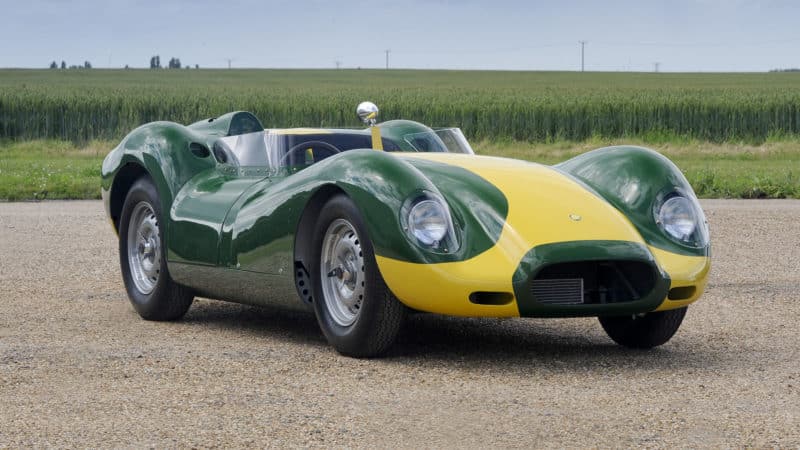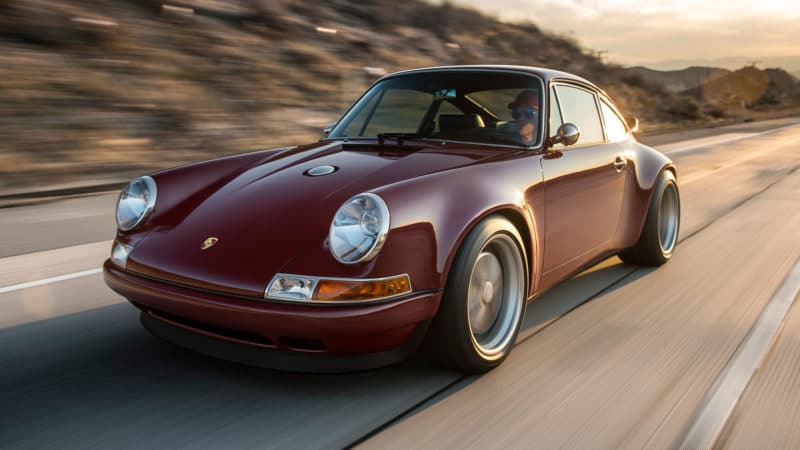From the manufacturer point of view, the appeal is no less clear. There’s money in them thar restomods. Huge amounts of money. Consider this: just before Covid, I drove a brand new Lister ‘Knobbly’, a continuation car, made by Lister Motor Cars. I guess it wasn’t technically a restomod because it was a facsimile recreation of Archie Scott Brown’s famous 1958 racing Lister, but the point was that here was a car that didn’t even start with a donor vehicle, which was so accurate it was eligible for FIA historic racing papers and, with a brand new Crosthwaite & Gardiner motor could be bought for £300,000, and presumably return a tidy profit at that level. Now compare that to the continuation C-types that Jaguar announced in the autumn. Not very different cars I think you’ll agree, and with very similar powertrains, but rather different price points: between £1-2million as Jaguar rather coyly puts it, and at which end of that scale do you think it is most likely to be found? Yes, it’s only making 16 and, of course, a Jaguar badge has a lot more resonance than that of a Lister, but even so… The point is that, like all luxury goods, these cars are not priced based on what they cost to make plus a margin, but what their makers think they can persuade the customer to pay.

Lister Knobbly – a restomod so accurate it’s eligible for historic events (Moss edition pictured)
Newspress
And in just the most recent cases, that’s been £474,000 for a restomod Austin-Healey by ‘new British luxury brand’ Caton, or £550,000 for a Thornley Kelham Jaguar XK120 (but you provide the donor vehicle), or £1.65 million for one of 25 carbon bodied continuation Bizzarrini 5300GTs.
There are so many different kinds of restomods. There are re-creations, re-imaginings, cars with transformed mechanicals but unchanged visuals, continuation cars and that’s before we’ve even mentioned the ‘E’ word and all those myriad classic cars currently undergoing extensive surgery to their internals to make space for batteries and electric motors.




